
Earlier this month, a meat supplier was accused of passing off rotten pork from a variety of countries as quality British produce. Not only did the story grab headlines, but it has raised questions for food and beverage manufacturers and retailers, who rely on a multitude of supply chain partners. Should a party along their supply chain face reputational damage, there could be knock-on impact for their reputation.
So how can food and beverage businesses prevent issues such as this? And how can they shield their brand from the contagion of reputational damage should there be allegations, whether such claims are substantiated or otherwise?
Preventing the ‘tipping point’
With the rise of social media and influencers, it only takes one negative story to gain traction before it becomes a viral news piece. If a supplier is involved in a high-profile issue, associated brands across the value chain could also be brought into an accumulation of bad news stories.
This momentum can lead to a tipping point that pushes consumers away from particular brands or stores. And when they look to alternative brands in this moment of crisis, there’s a risk they may never return to their original preference.
Brands can avoid reaching such reputational tipping points should, for example, a raw ingredient supplier face public scrutiny by consumers, regulators or activists, by:
- Creating a dialogue with stakeholders – keeping up a conversation with customers and stakeholders on social media before any crisis happens makes it more likely they’ll hear your side of the story if an incident happens
- Integrating reputation into crisis management plans – make sure plans include reputational risk scenarios and what to do if an adverse publicity event happens. How you react in the first hours can be vital in calming the situation and restoring trust.
Pre-empting vulnerabilities
Food manufacturers and retailers getting to know their supply chains better is the first line of defence, and identifying all of a supply chain’s potential reputational and other vulnerabilities is the first step to making it stronger.
This is about knowing the detail on key dependencies, and then designing procedures to support continuity and minimise damage when issues occur.
Gaps in current processes and knowledge of suppliers can be checked by getting answers to the following questions:
- What business continuity measures are triggered if there’s a problem with a supplier?
- Has work been carried out work to understand the resilience and reputation of key suppliers?
- Specifically, how strong are suppliers’ traceability and risk management procedures, and how are they reducing the chances of interruption or the quality of your supply?
- Are there secondary suppliers in place for key supplies? Do these back-up suppliers understand your requirements and can they meet your needs should you need to call on them?
Real-time monitoring
If a reputational crisis does hit a supplier, look to track everything that’s being said about it on social and news media in real time. This could help you pick up on signs that something is going wrong before it turns into a crisis.
Technology can give you a clearer view not just of when your brand is being discussed online, but also on the likelihood of content having traction with your customers. Algorithms can track conversations in real time, looking both at sentiment and impact. In the event of ‘noise’ being negative, it’s possible to be proactive more rapidly, staving off full-blown crises that could impact revenues and share price.
Rebuilding a damaged reputation is a far more difficult task than building a plan to protect it. It takes a few moments to undo years of hard work, so it’s better to be prepared than left to pick up the pieces after a crisis.

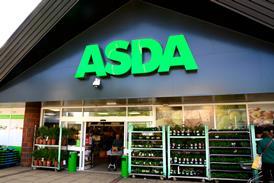





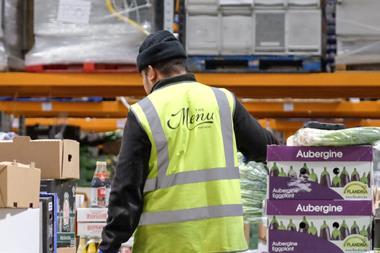
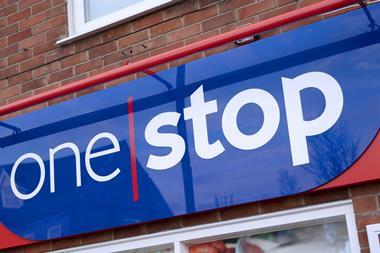
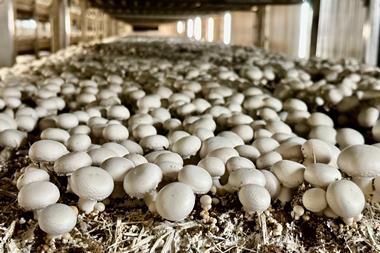




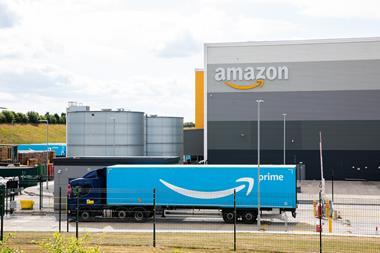

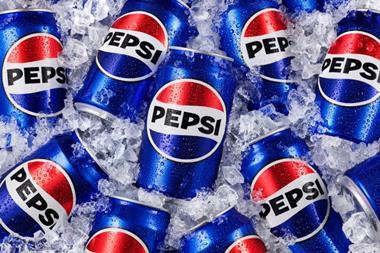


No comments yet